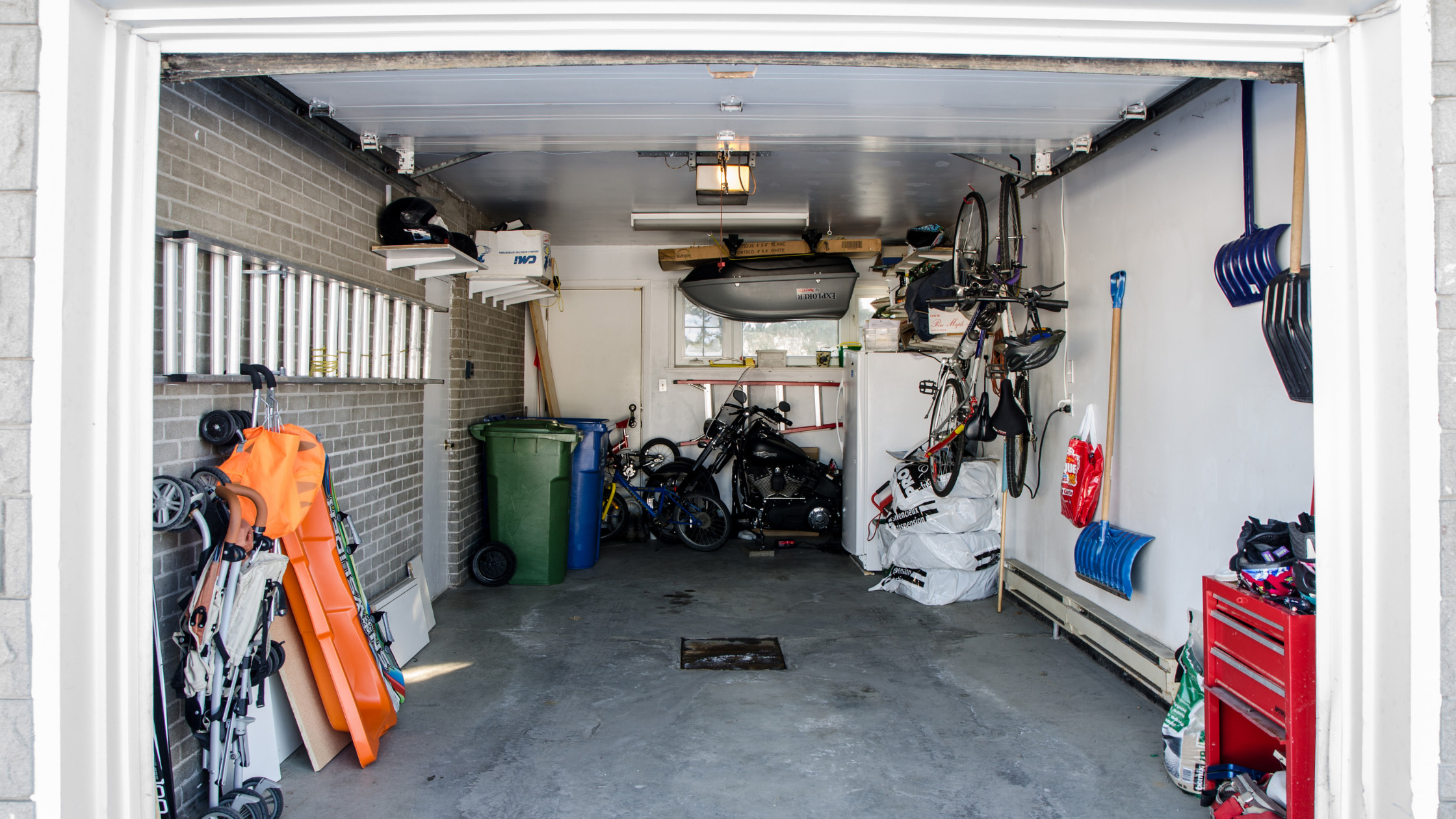Do you have a garage that is always cold in the winter and hot in the summer? If so, you may want to consider adding a ductless mini-split! A ductless mini split is a great way to heat and cool small spaces, and it is much more energy-efficient than traditional heating and cooling systems. Ready to install your own? Let’s discuss how to add a ductless mini-split to your garage and some of the benefits of doing so.
What is a Ductless Mini-Split?
A ductless mini-split is a heating and cooling system that does not require ductwork. Ductless mini-splits are very energy-efficient and can save you money on your energy bills. Mini-splits are also great for small spaces, such as garages, because they do not require much space. They are made up of two main components: the outdoor and indoor units.
Outdoor Unit
The outdoor unit contains the compressor, suction tubing, refrigerant tubing, condensate drain, and condenser. It is typically installed on the outside wall of your garage.
Indoor Air Handling Unit
The indoor units contain the evaporator, fan, and air handler. It is typically installed on your garage ceiling but can be wall or floor-mounted. The indoor air handlers can be remotely controlled, and you can set it to your desired temperature when you’re away from home.
How to Install a Ductless Mini-Split System
Mini-splits are relatively easy to install since you don’t have to include ductwork. You don’t have to undergo significant construction or make large holes in your floors or ceilings. Here are some tips on installing a mini-split properly.
Step 1: Use a cooling load calculator.
A cooling load calculator will determine what size of equipment you will need in order to heat and cool your garage properly. It’s essential to figure this number first so you can buy that correct sized mini-split to cool or heat your space effectively. If you purchase a system that’s too small or too large, you may not be adequately conditioning the air in your room and you may end up wasting money. This is where the BTU rating comes into play and should be noted.
Step 2: Research ductless mini-split systems and choose one carefully.
Once you figure out the size of equipment you need, you can look to see what brand you want to purchase. There are limited manufacturers for ductless mini-splits, so you can easily research the best one for your space. Mitsubishi is a reliable brand you can look into and purchase from an HVAC professional like Wattson Home Solutions, or you can install it yourself.
Step 3: Choose a location to install the mini-split.
The location you choose is essential to how your system will run. The indoor unit must be six feet from the floor level. Next, you will run your line set. The shorter, the better. Line sets come in 50′, 75, and 100′, so if you can use a 50′ line set, do it. The shorter the line set will decrease the setup time of your system an3d keep your new mini-split system from overworking itself.
Step 4: Install your mini-split.
Now you’re ready to install! This is where an HVAC professional will come in and do the work for you. If you’re comfortable with electrical wiring, you can opt to do it yourself. But we recommend calling a professional as they will know how to handle the refrigerant lines and electrical wires without damaging them or hurting yourself. Check with the manufacturer’s guidelines on how to install your mini-split system.
Step 5: Set a maintenance schedule.
Like any HVAC system, even ductless systems need to be maintained regularly. Note the manufacturer’s recommended maintenance schedule. The outdoor units may just need to be brushed and cleaned off. Most units come with a washable filter that will need to be removed and cleaned regularly. The indoor units will need to be dusted and cleaned routinely to prolong the life of your system.
Step 6: Check with a professional HVAC installer.
If you’re not comfortable installing your new mini-split system, be sure to contact a trusted HVAC installer. They will be able to efficiently and accurately install your system. A professional heating and cooling service company will have a team of skilled workers who know exactly what they’re doing and have the education and experience to install your system correctly.
Benefits of Ductless Mini-Split Systems Compared to Central Forced Air Systems
- Ductless mini-split systems are much more energy-efficient than central forced air conditioning systems. The SEER ratio (seasonal energy efficiency ratio) is typically better than a standard central air conditioner.
- They also do not require ductwork, saving you money on installation costs. Installing distribution ductwork can take up valuable time.
- Ductless mini-splits are very quiet, so you won’t even know they’re running.
- You can use mini-split heat pumps to heat your garage in the winter, which is safer to run than typical heating systems or space heaters. Heat pumps are great add-ons that can be retrofitted to replace non-ducted heating systems such as hydronic (hot water heat), space heaters, and radiant panels.







